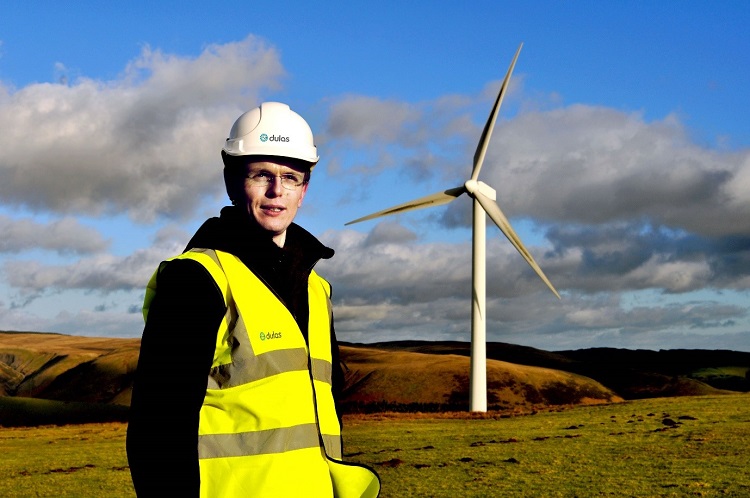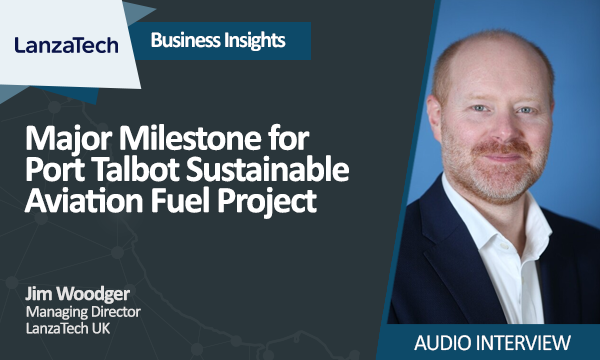June 15th marked International Wind Day and one Welsh company, Dulas, is celebrated working in the industry since 1982.
Business Development Manager, Donald Speirs, commented on Dulas’ place in the UK’s wind power history books, stated that four decades is “an incredible achievement”.

“We started out by developing dataloggers and small turbines for Mongolian nomads as far back as 1984 – a point in history when wind energy wasn’t really on very many people’s radars at all. We installed our first ten metre wind monitoring mast in Wales in 1988 and by 1990, we managed the build for the second ever installation in the UK – the Cemmaes windfarm.”
It has been thirty years since Britain’s first windfarm opened in Delabole, Cornwall and through the past three decades, this clean and efficient technology has firmly established itself as a crucial part of the UK’s energy mix.
“So much has changed since those early days”, Donald adds, “it’s thrilling to see that the early vision of Dulas’ founding members has come to fruition. Since the early 80s, our company grew from installing experimental technology abroad, to working all across the UK and even out at sea to ensure continual advancement of wind technology.”
“Dulas supplied specialist instrumentation to the London Array project back in 2013 and that was a turning point for us and for the industry, as that offshore project was the biggest in the world at that time. It showed what was possible and now supplies energy equivalent to the annual demand of some 500,000 homes. We now work on projects for the ‘Big Six’ energy companies on a regular basis, and that clearly illustrates the leaps and bounds that the industry has taken.”
Given that just a decade ago, the UK sourced 40% of its energy from coal, this rapid evolution is a tangible demonstration of how far we have come. The UK is now the third largest wind energy producer in the world (sitting behind France and Canada in first and second place), with some 13,603 megawatts of installed generating capacity. The UK also holds the record for the largest total offshore wind power capacity installed, and is estimated to possess just over a third of Europe’s total offshore wind resource.
In just a few years, enormous strides have been taken. By 2018, wind had achieved a peak of 18% of the energy share of the UK’s total electricity supply, and by 2019, wind tipped the balance, providing almost 20% of the UK’s electricity supply for the first time in history. Equally, wind power surpassed the UK’s coal generation in 2016 and just this week, the BBC announced that ‘renewables have edged coal out’ completely. This significant landmark fell on midnight on Wednesday 10th of June and marked the first time that the UK had gone two full months without burning coal to generate power.
As for the future, according to R-UK the body which represents the wind industry, onshore and offshore wind combined is on track to produce more than half of the UK’s electricity by 2030. The UK is also set to accelerate its decommissioning of coal power stations aiming for a 2024 phase-out date, and new UK Nuclear projects have struggled to secure financing owing to technical issues and increased project costs. Wind continues to be one of the cheapest and safest methods of energy generation, and as nearly 80% of the public now support wind development, it looks like the only way is up for an industry that barely existed just decades ago.
Speirs concurs that the future looks promising for wind power, stating that “the International Energy Agency has reported that wind could generate 11 times more electricity than the world needs. Now that projects are scaling up internationally, we are starting to see a big shift in the way that the world produces electricity. All signs point towards wind being an increasingly crucial component of that dynamic.”













